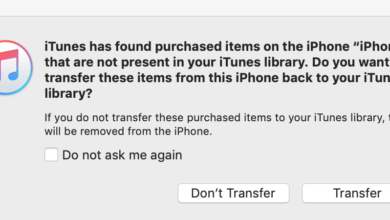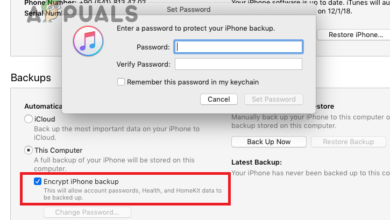Troubleshoot iTunes Cannot Connect ‘Unknown Error 0XE80000A’
The iTunes error “0xe80000a” occurs when your computer can not establish a connection with your Apple device and is accompanied by the following message “iTunes could not connect to this phone an unknown error occurred 0xe80000a”. This can be caused by several factors such as damaged USB cable or port, malfunctioning iTunes processes and more that we are going to discuss later on.
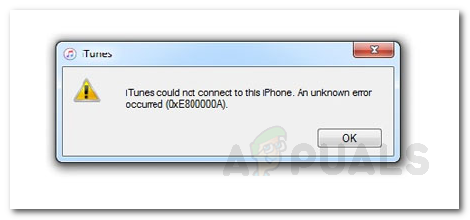
The error can be a very bothersome one as users are not able to use iTunes to manage their Apple device(s) from their Windows computer. Nonetheless, it can be easily fixed by following a few simple solutions (depending on your scenario) that are provided down below. But before we get into that, let us first discuss the causes of the error message so that you have a somewhat understanding of the said error.
What causes the ‘iTunes Could Not Connect to this Phone. An Unknown Error Occurred 0xe80000a’ Error Message on Windows?
The causes of the said error message can differ depending on the various scenarios, however, most often, it is caused by the following reasons —
- Damaged USB Port or cable: A damaged USB port or cable can cause your Apple device to be not connected properly to your computer and thus cause this error. So, make sure to check that the USB port or cable that you are using is not damaged.
- Incomplete installation of iTunes: Another cause of this error can be a failed or partial install on iTunes on Windows. If the iTunes application hasn’t been downloaded properly or the installation process completed partially, then you will get this error.
- Malfunctioning Processes: The error message can also be generated due to the iTunes processes not functioning properly on your system. This issue can be rectified by simply stopping the troublesome processes and then reconnecting your device.
Solution 1: Reset the Lockdown Folder of iTunes
iTunes has a Lockdown folder in Windows which stores the security certificates of previously connected iOS devices using iTunes to your computer. You need to delete this folder to reset the lockdown folder so all the security certificates are deleted. To do that:
- Press Windows + R key to open the Run box and type %AppData%.
- Then navigate to the “Apple” folder and delete the directory named “Lockdown” inside it.
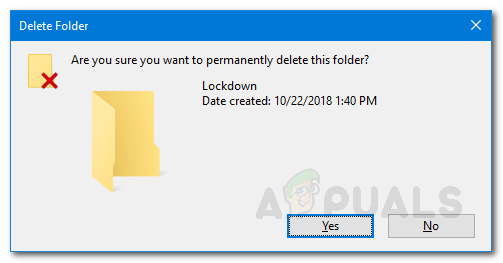
Deleting Lockdown Folder - Once done, relaunch iTunes and connect your Apple device again.
- If the error was caused due to the certificate validity issue then hopefully, you will not be getting this error again.
Solution 2: Update Windows and iTunes
There have been several users who faced the said issue due to an outdated Windows or iTunes version. Since the iTunes version needs to be latest to get updates from Apple such as software updates (iOS updates), thus if you are having an outdated version of iTunes on your computer, then you would get this error. The good remedy here is to see if your Windows have any pending updates. If yes, then update your Windows first and then download the latest version of iTunes and install it again. Here’s how to check for any pending Windows 10 updates:
- Press the Windows Key + I to open up the Settings window.
- Go to the Update and Security tab.
- Once you are on the Windows update tab, hover to the right-hand side and then click on the ‘Check for Updates’ button.
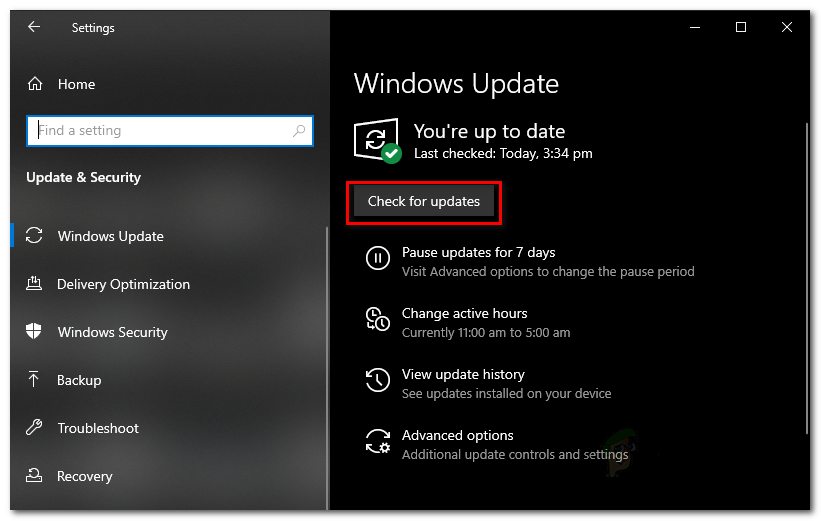
Update Windows - Wait for it to complete its scan and look for any pending downloads. Once prompted, download the pending updates and then Restart your system.
- After that, you can update your iTunes application (if there are any).
Solution 3: Uninstall iTunes completely on Windows and Reinstall
The next thing to do when you are getting this error is to get rid of any iTunes related components on your Windows machine and then reinstall it.
- Open Run box by pressing Windows key + R.
- Type in “appwiz.cpl” and press Enter.
- Then, uninstall iTunes from the list of installed programs. After doing that, go to the recycle bin and delete its contents (in other words, empty your recycle bin).
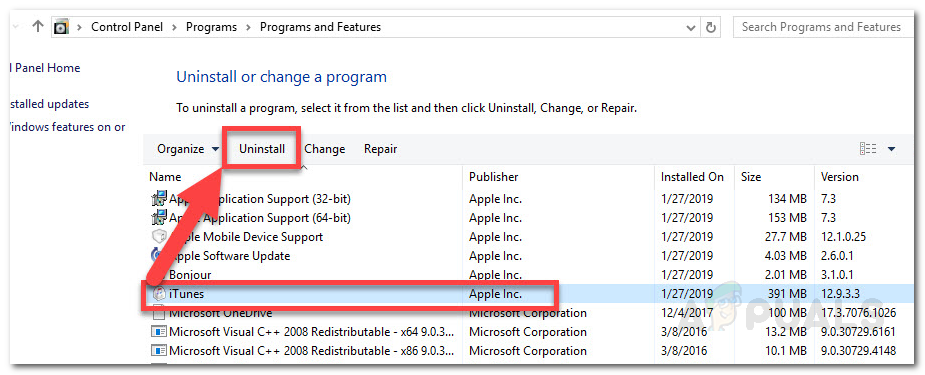
Uninstalling iTunes - Afterward, you need to delete the leftovers of iTunes in the %programfiles% directory in Windows. To do that, open Run box by pressing Windows + R.
- Type in %programfiles% and press Enter.
- Look for the folders iTunes, Bonjour, iPod and delete them if they exist. You can also look for entries like Bonjour in the Programs and Features tab of the Control Panel and uninstall it from there.
Solution 4: Stop Certain iTunes Related Processes and Reconnect your Apple Device
The next thing you can try is to stop some of the iTunes processes from Task Manager and then reconnect your Apple device to your Windows machine. The processes you need to stop are “PodService.exe, AppleMobileDeviceService.exe or iTunesHelper.exe”.
- Open up the task manager by right-clicking on the taskbar and selecting the option “Task Manager” or by just pressing Alt + Ctrl + Delete and selecting Task Manager from there.

Task Manager - Either way, when you have Task Manager opened, go to the Processes tab and search for the above processes and end each of them by right-clicking on the process name and selecting the option “End Now”.
- After ending these processes, disconnect your phone from your computer and reconnect it again. Launch iTunes and see if you are getting this error once more.
Solution 5: Disable Antivirus/Security Software on Windows
Sometimes, antivirus software that you use might be blocking the iTunes ability to establish a successful connection with your Windows machine because it considers it as a security risk. Thus, it’s always a good step to disable your antivirus software on Windows for a while and try to connect your device again. If the error was caused due to an antivirus software blockade, then you will hopefully not be getting the error after disabling it.
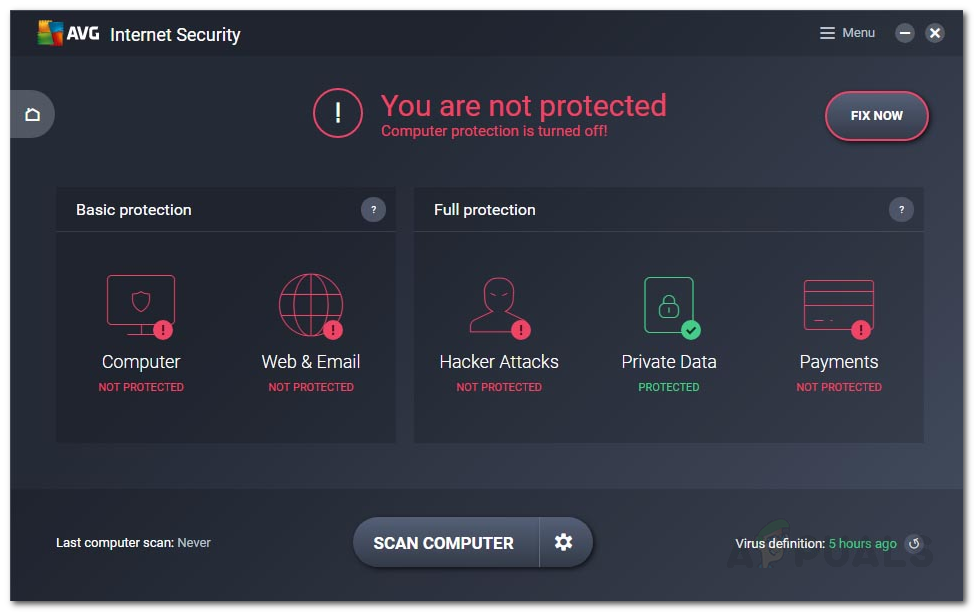
In such a scenario, you have two options. You can either change your antivirus software and download a different one or just make an exception for the iTunes files within your antivirus so that it doesn’t flag them as harmful.




